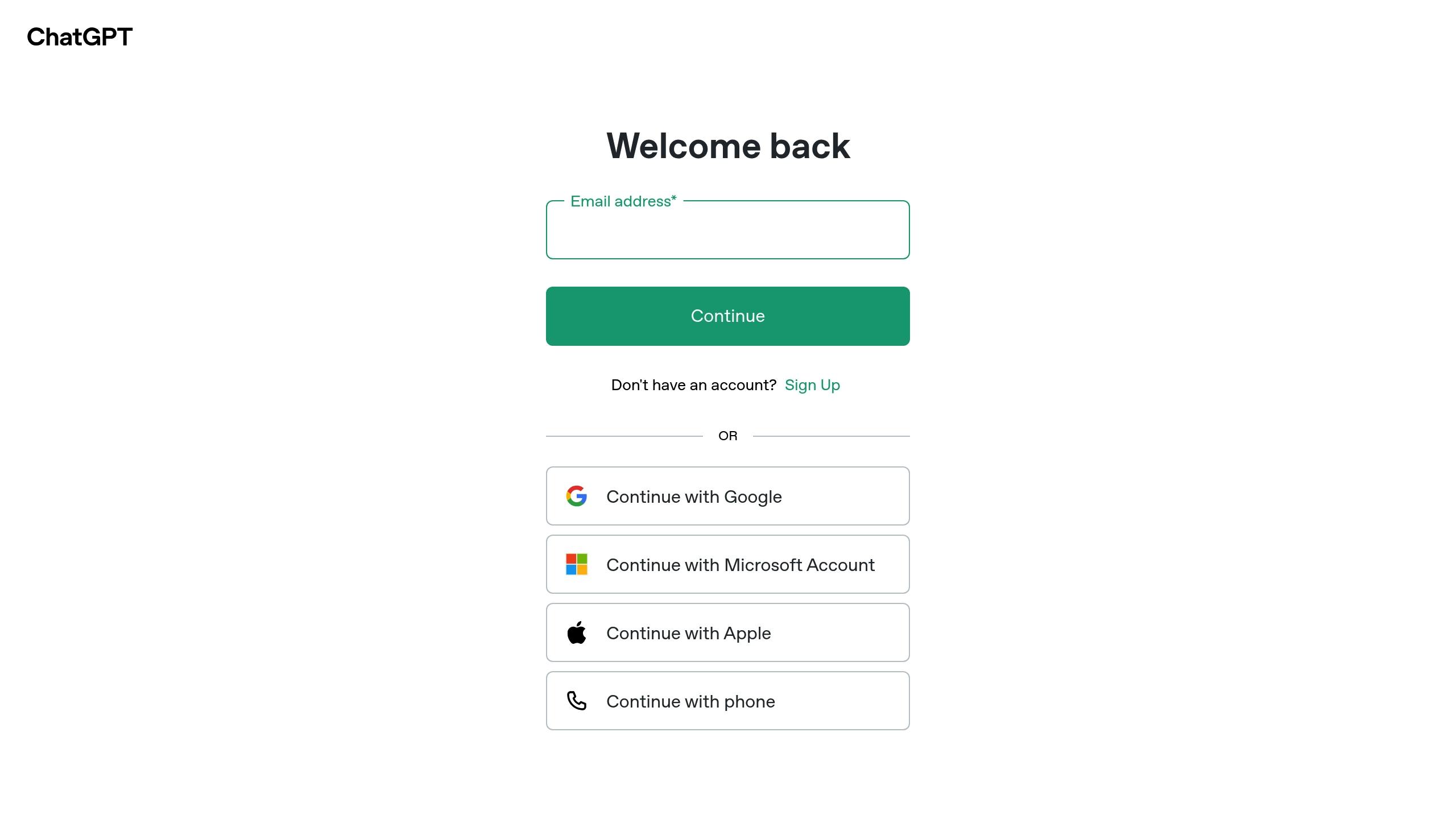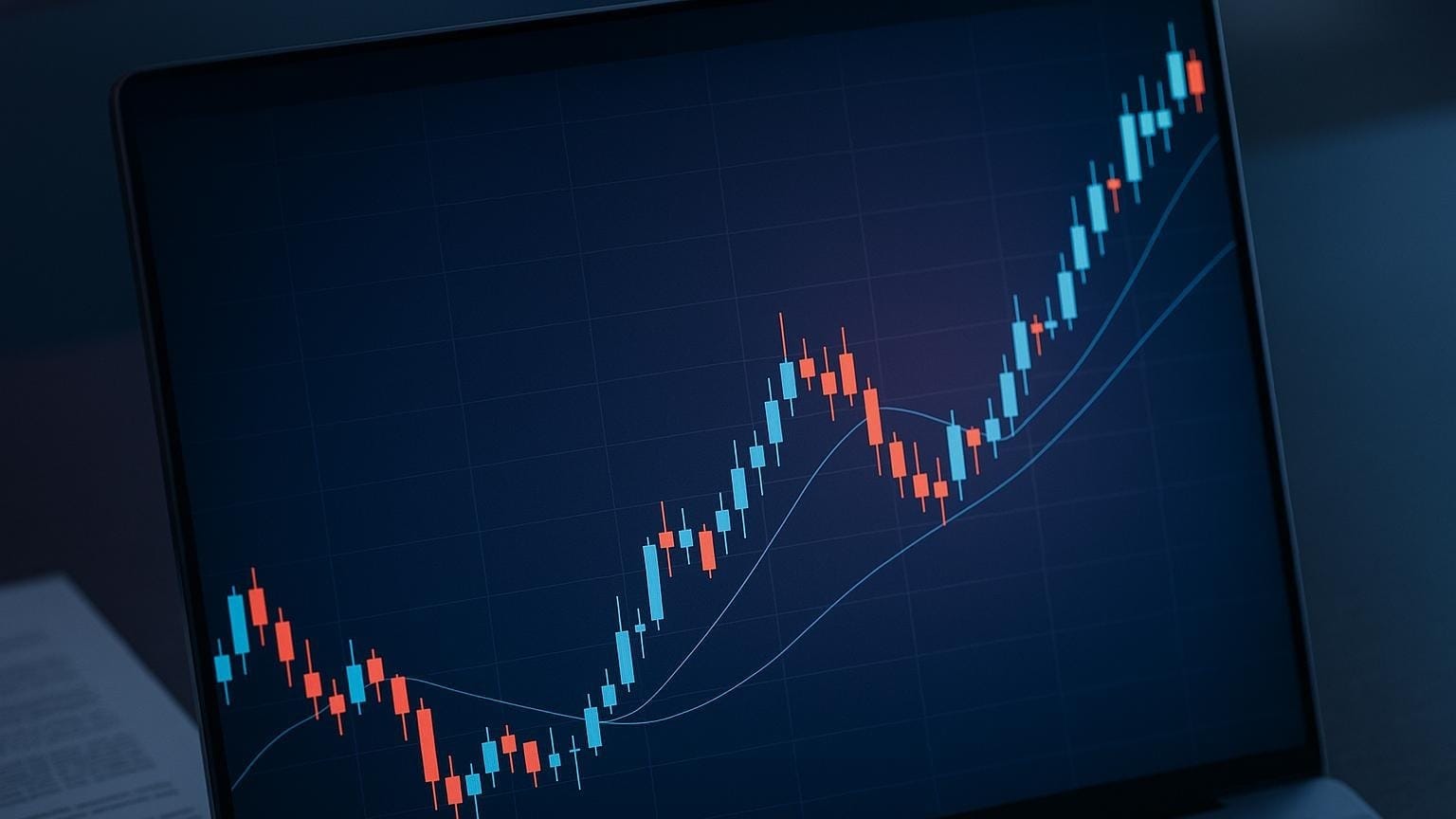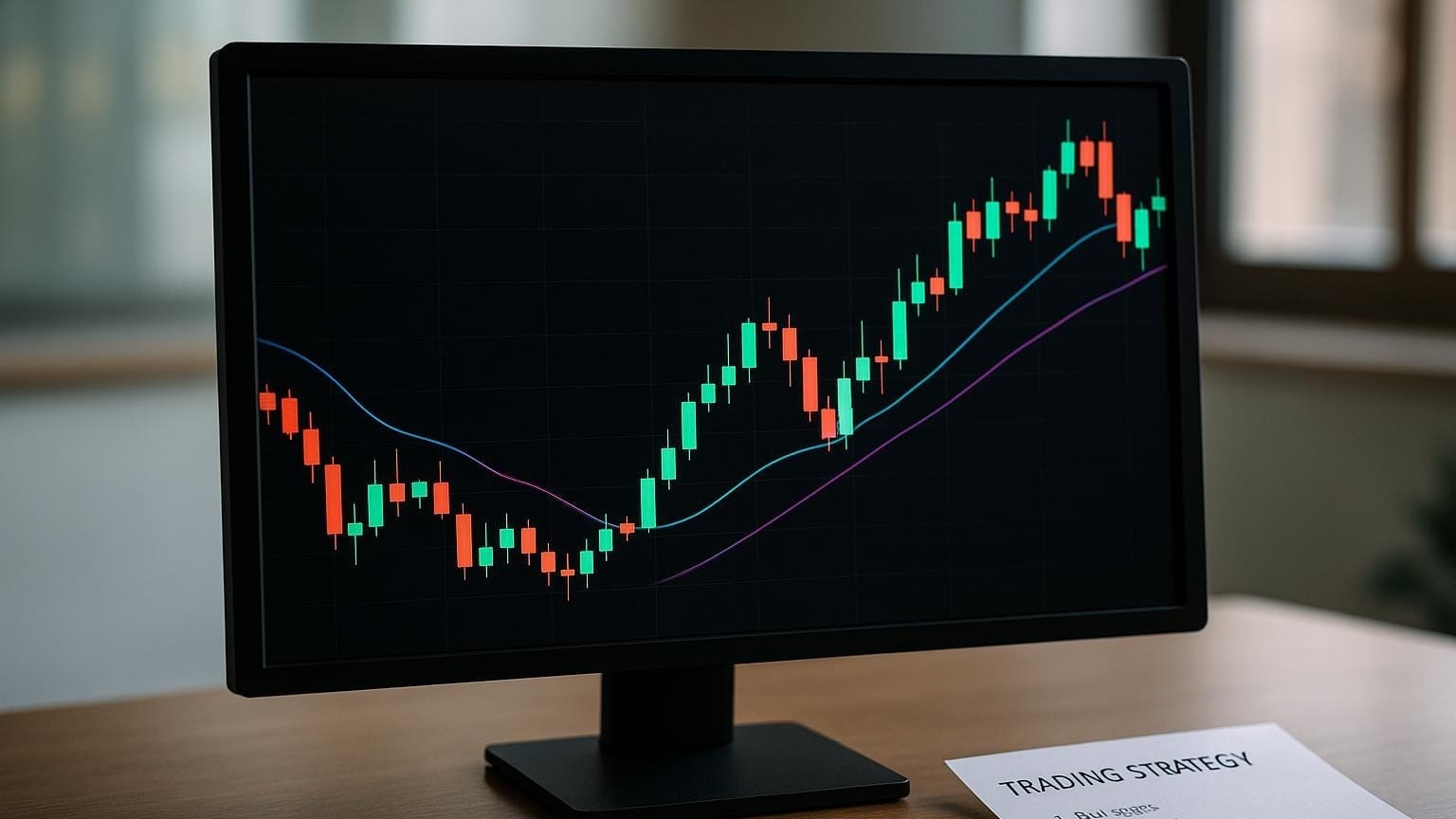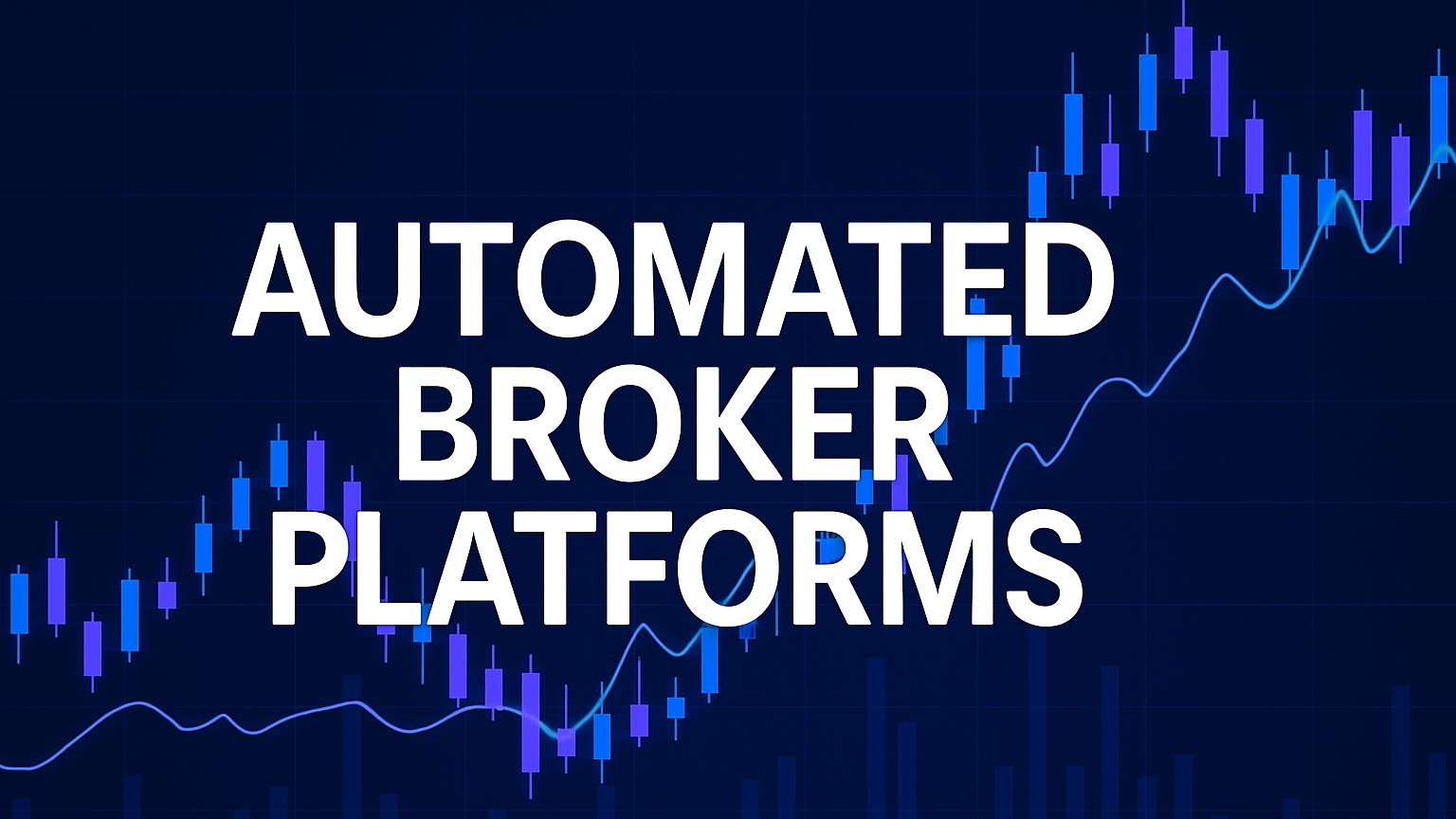Explore how AI tools enhance algorithmic trading through market analysis, strategy development, and risk management while addressing their limitations.
Yes, ChatGPT is transforming algorithmic trading by assisting traders with tasks like market analysis, strategy development, and coding. Here's how it stands out:
- Market Analysis: Analyzes financial trends, news, and sentiment data.
- Risk Management: Helps gauge market volatility and sentiment.
- Strategy Development: Suggests and tests trading strategies using historical data.
- Code Generation: Creates and optimizes trading algorithms for platforms like MetaTrader or Thinkorswim.
Quick Comparison: ChatGPT vs Standard Trading Algorithms

| Feature | ChatGPT | Standard Trading Algorithms |
|---|---|---|
| Data Processing | Natural language and sentiment data | Real-time market data |
| Primary Function | Supports research and strategy creation | Executes trades automatically |
| Real-Time Capabilities | Limited to historical data | Operates with live market data |
While ChatGPT simplifies strategy creation and analysis, it doesn't execute trades or analyze live data. Always validate its outputs and integrate human expertise to ensure accuracy and compliance.
I Let ChatGPT Build MT5 Trading Bots (Step by Step)
ChatGPT Basics for Algorithmic Trading
AI continues to influence financial markets, and understanding ChatGPT's core features can help traders make the most of its capabilities while being mindful of its limitations.
ChatGPT Explained
ChatGPT, developed by OpenAI, is a language model designed to produce text that feels natural and human-like. In trading, it’s particularly useful for breaking down complex financial ideas and delivering detailed insights. By leveraging deep learning, it processes large amounts of text data, making it a valuable tool for understanding financial trends. These strengths set the foundation for comparing ChatGPT with traditional trading algorithms.
ChatGPT vs Standard Trading Algorithms
ChatGPT and standard trading algorithms serve different purposes. Here’s a quick comparison to highlight their unique roles:
| Feature | ChatGPT | Standard Trading Algorithms |
|---|---|---|
| Data Processing | Works with natural language and sentiment data | Focuses on real-time market data |
| Primary Function | Supports strategy creation, coding, and market research | Handles automated trade execution |
| Market Access | No direct trading platform access | Direct integration with trading platforms |
| Analysis Type | Focuses on qualitative and conceptual insights | Relies on quantitative and statistical methods |
| Real-time Capabilities | Limited to historical data | Operates with live market data |
These differences shape how each tool is used in trading workflows.
Main Trading Functions
ChatGPT plays a supportive role in algorithmic trading, offering several useful functions:
- Code Generation and Optimization
ChatGPT can create trading algorithms and refine existing code. For instance, in a recent test, a portfolio built using ChatGPT-generated code outperformed the Buy and Hold strategy for SPY (S&P 500 ETF) in backtests. - Market Analysis Support
By analyzing news and social media, ChatGPT helps traders understand market sentiment. This is especially relevant as algorithmic trading now accounts for over 60% of U.S. equity trading volume. - Strategy Development
ChatGPT can suggest configuration settings for backtesting and optimization. However, it cannot independently perform backtests or validate strategies.
With the algorithmic trading market expected to grow by 8.53% annually over the next five years, tools like ChatGPT are becoming increasingly valuable for traders aiming to refine their strategies and stay competitive.
Using ChatGPT in Trading
Creating Trading Strategies
ChatGPT can assist in building advanced trading strategies. For instance, NexusTrade's Aurora, which integrates GPT-3 and GPT-4, helped trader Austin Starks design three Bollinger Band strategies. These strategies outperformed the traditional Buy-and-Hold approach for SPY by identifying entry points below the 33-day simple moving average minus 2.2 standard deviations. Similarly, TrendSpider applied ChatGPT to refine a trading strategy for TSLA. Using six targeted prompts for entry/exit points and risk management, the strategy beat the Buy-and-Hold approach by almost 300% over four years.
"ChatGPT is nothing more than a tool. An extremely powerful tool, but a tool nonetheless. Similar to how a calculator doesn't transmute you into a mathematician, LLMs aren't going to transform you into a Wall Street Wizard overnight." - Austin Starks
Writing Trading Algorithms
ChatGPT can also simplify the process of creating trading algorithms:
- Initial Coding: It can draft the basic structure of an algorithm. Just specify the platform you’re working with (like IBKR or Thinkorswim).
- Optimization: ChatGPT suggests ways to improve performance, but human oversight is crucial to ensure accuracy.
- Testing: It can provide backtesting configurations, though results should always be verified on live platforms.
In addition to coding, ChatGPT helps traders turn raw market information into actionable strategies.
Market News Analysis
AI-driven natural language processing is used by over 50% of financial institutions. ChatGPT enhances the analysis of market news by summarizing key data, generating sentiment scores from news and social media, and spotting emerging trends. While its insights are useful, combining them with traditional methods strengthens decision-making for market entries and exits.
Setting Up ChatGPT for Trading
Setup Guide
To integrate ChatGPT into your trading workflow, follow these steps:
- Gather Data: Collect essential trading data such as historical prices, technical indicators, and economic news to form the foundation of your strategies.
- Leverage ChatGPT: Use ChatGPT to analyze this data and pinpoint actionable market insights.
- Track Results: Monitor your trading performance using clear metrics and maintain detailed logs.
Certain platforms, like TrendSpider, offer built-in AI tools to analyze market data and adjust strategies in real time.
Writing Effective Prompts
The quality of your prompts directly impacts the insights you get from ChatGPT.
"To use ChatGPT effectively, provide as much information as possible about the type of trading you are looking to do, what types of assets you are interested in, and what criteria you are using for making your decisions. Include details such as market conditions, trading strategies, and any potential trades in our prompt templates. You should be clear about your goals of trading so that you can get the most tailored advice that matches your specific needs." - ClickUp™
When crafting prompts for trading analysis, include the following details:
- Market Context: Outline current market trends and relevant economic conditions.
- Trading Parameters: Specify entry/exit points, stop-loss levels, and risk guidelines.
- Timeframe: Mention your desired trading period and analysis duration.
Compatible Trading Platforms
Once you've refined your prompts, connect ChatGPT to trading platforms that support API integration for seamless functionality.
| Platform | Integration Type | Key Features |
|---|---|---|
| MetaTrader 4/5 | API Connection | Custom indicator development, automated trading |
| StockHero | Direct API | Automated bot creation, multi-broker support |
| TrendSpider | Native Integration | AI-powered scanners, automated charting |
| Firstrade | FirstradeGPT | Built-in AI analysis tools |
For testing strategies generated by ChatGPT, Pepperstone's Trading Simulator offers a safe and controlled environment before moving to live markets.
ChatGPT Trading Limitations
Data Quality Issues
A study by FinanceBench revealed that GPT-4-Turbo either gave incorrect answers or failed to respond in 81% of complex questions about publicly traded companies. This high error rate underscores the risks of relying solely on AI for financial analysis.
Some key data quality challenges include:
| Issue | Impact | Mitigation Strategy |
|---|---|---|
| Outdated Information | Strategies based on old data may not align with current market conditions | Integrate real-time market data feeds |
| Incomplete Data Sets | Missing essential market variables can lead to flawed decisions | Use advanced financial tools like Rize Investment Copilot |
| Data Accuracy | AI errors can produce convincing but incorrect responses | Apply rigorous validation processes |
These issues also bring legal concerns into focus when using AI in trading.
Trading Rules and Laws
The legal framework for AI trading tools is complex and requires careful attention. The Commodity Futures Trading Commission (CFTC) has issued guidelines that stress compliance with the Commodity Exchange Act.
"The advisory highlights the staff's awareness of the potential risks and benefits associated with the use of AI in derivatives trading and reflects its understanding of current and potential AI use cases." - CFTC
In one legal case, an Australian mayor filed a lawsuit against OpenAI in April 2023 after ChatGPT falsely stated he had been arrested for bribery in 2012. This incident highlights the legal risks tied to unverified AI outputs. Such challenges make it clear why human involvement is essential in LuxAlgo AI Backtesting Assistant environments.
Required Human Input
Even with ChatGPT's advanced capabilities, human oversight is non-negotiable in algorithmic trading. Key areas where human expertise is critical include:
- Validating Strategies: Cross-check ChatGPT's trading suggestions with real-time market data and sound financial principles.
- Risk Management: Set stop-loss orders and position sizes to address risks that AI might miss.
- Compliance Monitoring: Regularly review AI-generated strategies to ensure they meet regulatory standards and trading policies.
For example, Samsung faced a significant issue when employees accidentally leaked confidential information while using ChatGPT. This incident underscores the importance of human judgment in managing AI-driven workflows.
The Future of AI Trading
New AI Trading Methods
The AI trading market, worth $18.2 billion in 2023, is projected to nearly triple by 2033. Patent data shows a significant shift, with AI content in trading algorithms increasing from 19% in 2017 to over 50% since 2020.
One notable trend is the automation of portfolio rebalancing. AI-driven ETFs now trade more frequently than traditional funds, moving from annual to monthly portfolio adjustments.
Here’s how the market structure is evolving:
| Change | Current Impact | Future Effects |
|---|---|---|
| High-Frequency Trading | Dominates liquid assets | Quicker price adjustments |
| Portfolio Management | AI-ETFs rebalance monthly | Higher trading activity |
| Market Monitoring | Limited clarity | Increased need for oversight tools |
These shifts are setting the stage for advanced AI language models to refine market analysis even further.
AI Language Models in Finance
Natural Language Processing (NLP) is poised to take financial market insights to the next level. It allows for sharper sentiment analysis and faster trade execution, transforming trading platforms.
"AI trading is a game-changer, reshaping the stock market and empowering traders like never before. Improved prediction precision, faster trade execution, and more rational trading strategies are just a few of the many benefits it offers." - Pavlo Khropatyy, Intellias
The financial sector is embracing AI at an accelerating pace. By 2026, the global AI in finance market is expected to hit $45.2 billion, with an annual growth rate of 34.2%. Currently, 80% of financial services firms use AI, and 20% expect its impact to be transformative within the next three years.
Adapting to AI Trading Changes
As AI technology reshapes trading, financial institutions must adapt to new challenges. The Securities and Exchange Commission highlights the importance of staying vigilant:
"This means that continued vigilance in monitoring these advances in technology and trading, and updating of systems and expertise will be necessary in order to help ensure that our capital markets remain fair, deep, and liquid." - SEC
Key strategies for adaptation include:
- Regulatory Compliance: Building systems to address AI-driven volatility, such as "flash crash" scenarios.
- Infrastructure Updates: Identifying links between data, AI models, and infrastructure to improve reliability.
- Transparency Measures: Requiring firms to disclose AI-related activities for better oversight.
With larger firms gaining an edge through advanced AI, smaller traders must act quickly to stay competitive. Success will hinge on blending AI tools with human expertise and maintaining strong risk management practices.
Conclusion
Main Points Summary
ChatGPT's use in algorithmic trading is pushing the boundaries of financial technology. It supports tasks like market analysis, strategy creation, risk management, and decision-making, though it comes with certain limitations.
Here's a snapshot of how ChatGPT influences key trading areas:
| Aspect | Advantages | Drawbacks |
|---|---|---|
| Market Analysis | Better sentiment analysis and automated data extraction | Relies on historical data; no real-time insights |
| Strategy Development | Simplifies code generation and strategy design | Misses subtle market behaviors |
| Risk Management | Provides automated alerts and portfolio adjustments | Cannot predict unexpected market shifts |
| Decision Support | Evaluates multiple scenarios quickly | Lacks customization for individual traders |
AI Trading Recommendations
For effective trading, blend AI capabilities with human expertise. With 80% of financial firms already using AI in some form, success hinges on balancing technology with skilled oversight.
To make the most of ChatGPT while managing risks, consider these practices:
- Risk Management: Use clear stop-loss orders and set position sizes based on thorough analysis rather than solely trusting AI suggestions.
- Strategy Validation: Backtest all ChatGPT-generated strategies rigorously before applying them in live trading environments.
- Continuous Monitoring: Regularly track performance and adjust parameters to adapt to changing market conditions.








